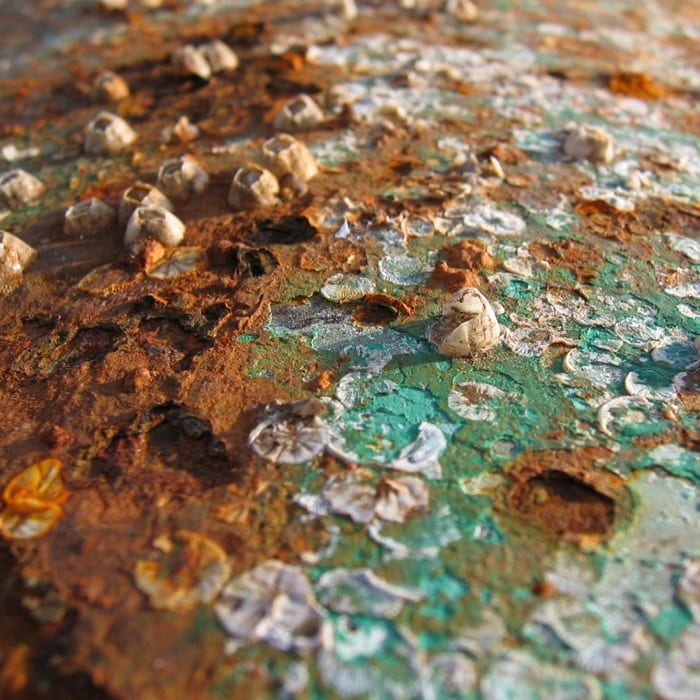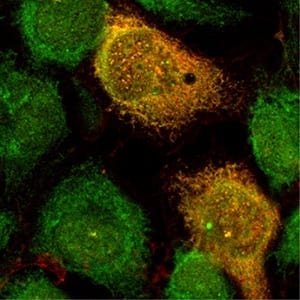
Researchers at the Harvard John A. Paulson School of Engineering and Applied Sciences (SEAS) have demonstrated a way to make steel stronger, safer and more durable. Their new surface coating, made from rough nanoporous tungsten oxide, is the most durable to date, capable of repelling any kind of liquid even after sustaining intense structural abuse.
Steel is ubiquitous in our daily lives. We cook in stainless steel skillets, ride steel subway cars over steel rails to our offices in steel-framed building. Steel screws hold together broken bones, steel braces straighten crooked teeth, steel scalpels remove tumors. Most of the goods we consume are delivered by ships and trucks mostly built of steel.
While various grades of steel have been developed over the past 50 years, steel surfaces have remained largely unchanged — and unimproved. The steel of today is as prone as ever to the corrosive effects of water and salt and abrasive materials such as sand. Steel surgical tools can still carry microorganisms that cause deadly infections.
Now, researchers at the Harvard John A. Paulson School of Engineering and Applied Sciences (SEAS) have demonstrated a way to make steel stronger, safer and more durable. Their new surface coating, made from rough nanoporous tungsten oxide, is the most durable anti-fouling and anti-corrosive material to date, capable of repelling any kind of liquid even after sustaining intense structural abuse.
The new material joins the portfolio of other non-stick, anti-fouling materials developed in the lab of Joanna Aizenberg, the Amy Smith Berylson Professor of Materials Science and core faculty member of the Wyss Institute for Biologically Inspired Engineering at Harvard University. Aizenberg’s team developed Slippery Liquid-Infused Porous Surfaces in 2011 and since then has demonstrated a broad range of applications for the super-slick coating, known as SLIPS. The new SLIPS-enhanced steel is described in Nature Communications.
“Our slippery steel is orders of magnitude more durable than any anti-fouling material that has been developed before,” said Aizenberg.
“So far, these two concepts – mechanical durability and anti-fouling – were at odds with each other. We need surfaces to be textured and porous to impart fouling resistance but rough nanostructured coatings are intrinsically weaker than their bulk analogs. This research shows that careful surface engineering allows the design of a material capable of performing multiple, even conflicting, functions, without performance degradation.”
The material could have far-ranging applications and avenues for commercialization, including non-fouling medical tools and devices, such as implants and scalpels, nozzles for 3D printing and, potentially, larger-scale applications for buildings and marine vessels.
Read more: Super-slick material makes steel better, stronger, cleaner
The Latest on: Anti-fouling and anti-corrosive material
[google_news title=”” keyword=”anti-fouling and anti-corrosive material” num_posts=”10″ blurb_length=”0″ show_thumb=”left”]
via Google News
The Latest on: Anti-fouling and anti-corrosive material
- Jim Jordan details the wild scheme between Biden officials and Amazon to censor 'sensitive' anti-vaccine materials - as White House denies being 'coercive'on May 2, 2024 at 9:35 am
Amazon initially resisted White House pressure to restrict anti-vaccine material. 'We will not be doing a manual intervention today,' one email between Amazon executives read. 'The team/PR feels ...
- Monadnock launches anti-corrosive veil technologyon April 30, 2024 at 5:00 pm
Superior to other polymeric materials on the market ... It has an apertured hole pattern of IPS-10 and is easy to inspect in a 100 mils FRP corrosion barrier. “We are pleased to offer the HTAC Veil ...
- Self-Healing Materials: Pioneering a New Era of Resilience and Durabilityon April 30, 2024 at 12:05 pm
Self-healing materials are a class of advanced materials that ... The development of self-healing coatings has significant implications for corrosion protection, anti-fouling, and aesthetic ...
- Transforming Manufacturing with Technology: Anti-Corrosion Bags Market Rides the Wave of Industry 4.0 Adoptionon April 30, 2024 at 12:06 am
The global anti-corrosion bags market is anticipated to reach a valuation of US$ 14.7 billion in 2023, driven by industry expansion and diversification. The trend is expected to create new ...
- Comprehensive Guide to Steel Integrity: Preventing Corrosion and Ensuring Structural Safetyon April 26, 2024 at 5:29 am
Corrosion is a chemical process resulting from the infiltration of moisture and oxygen, which returns refined metals to their natural and stable ore state. Even though steel is a corrosion-resistant ...
- What Is Anti-Seize Compound and Why Should I Use It on My Car?on February 26, 2024 at 3:59 pm
As Don Sutliff, product specialist at Permatex, explained to me, when water and road salts got behind those wheels, corrosion buildup ... recommends using anti-seize on engine head bolts. No. Brake ...
- Enzymes on nanotubes thwart foulingon August 17, 2023 at 2:52 pm
can effectively help us identify how well materials prevent fouling, the biggest challenge is to demonstrate their long-term anti-fouling performance in vivo. As with the passive approaches ...
- 6 Best Paints for Aluminum Boats: Reviews and Buying Guide for 2020on August 14, 2023 at 9:36 am
The right paint can prevent corrosion and UV damage ... Manufacturers refer to this feature as anti-fouling. You should also look for a product that is UV-resistant. UV rays can damage your boat’s ...
via Bing News









